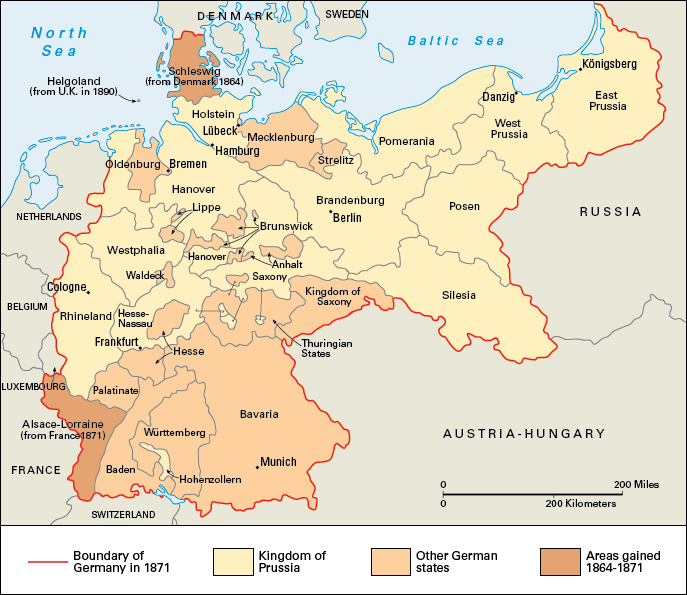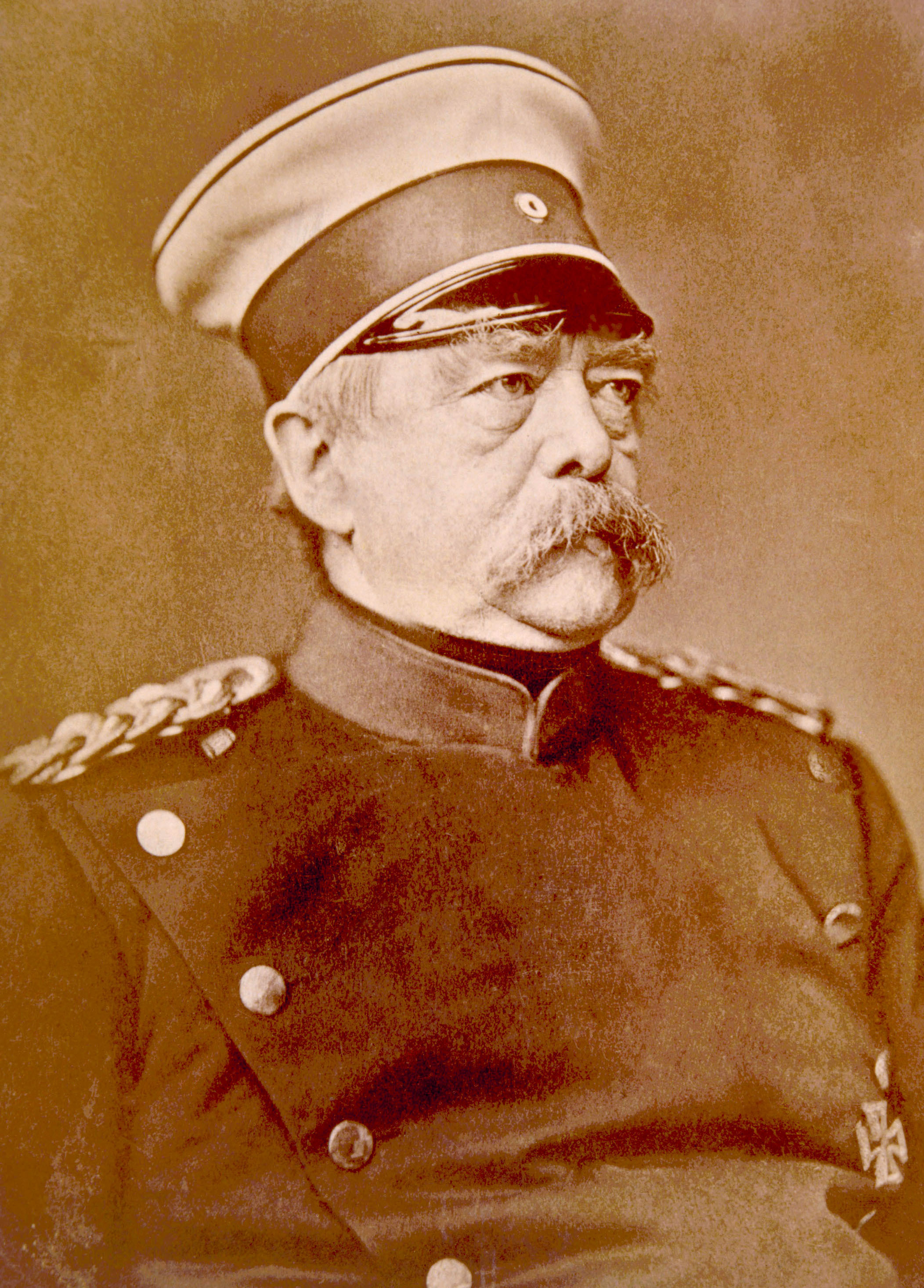Franco-Prussian War (1870-1871) began as a conflict between France and Prussia, a German state. But after other German states joined Prussia’s cause, the conflict became one between France and a strong, unified Germany. Germany won the war decisively in less than 10 months. The war’s consequences, however, proved costly and long-lasting for both France and Germany.

Background to the war.
Prussia’s defeat of Austria in the 1866 Seven Weeks’ War made Prussia the leading German power. Otto von Bismarck, Prussia’s prime minister, wanted to create a still more powerful German empire. To do this, he needed to merge Prussia with the south German states of Baden, Bavaria, Hesse, and Württemberg. He created military alliances with these states, hoping to unify them by provoking a war with France.

An excuse for war was easily found. Prince Leopold of Hohenzollern-Sigmaringen, a relative of Prussian King Wilhelm I, had been offered the Spanish crown. French Emperor Napoleon III objected to the proposal, fearing the Hohenzollern family would become too powerful. Wilhelm agreed to remove Leopold from consideration, but Napoleon insisted on a Prussian guarantee that Leopold would never take the Spanish throne.
Count Benedetti, the French ambassador, presented the demand to Wilhelm at Ems, Prussia (Bad Ems, Rhineland-Palatinate). Wilhelm received Benedetti politely, but refused the French demand. He then sent a telegram to Bismarck telling what had happened. Bismarck condensed this “Ems dispatch” in such a way that it aroused great fury when it was published in France on Bastille Day, July 14, 1870. Unaware of Prussia’s alliance with the south German states, the French declared war on July 19.
Progress of the war.
Both countries entered the struggle with enthusiasm. General Helmuth Karl von Moltke, head of the Prussian Army, had made careful preparations for war with France. The French were largely unprepared.
The Germans defeated the French in a series of battles along the Franco-German frontier, inflicting severe losses. The French armies under marshals Patrice de MacMahon and Achille Bazaine were separated and kept apart by the Germans. Bazaine’s large army became surrounded at Metz. MacMahon, who had been ordered to march to the relief of Bazaine, met the Germans in a great battle at Sedan on September 1. The French were overwhelmed. The next day, MacMahon’s army surrendered. Napoleon III, who was with MacMahon’s forces, was taken prisoner. Two days later, the French government in Paris deposed Napoleon and proclaimed the Third Republic. Despite several costly attempts, Bazaine failed to break out of Metz. Bazaine surrendered, along with his officers and an army of some 173,000 soldiers, in late October.
The siege and Commune of Paris.
In mid-September, German forces descended upon Paris and encircled the city. Léon Gambetta, a leader in the French provisional government, escaped from Paris in a hot-air balloon. He raised another army at Tours but failed to defeat the German forces. In Paris, the French tried several times to break the siege, but German forces repulsed each attempt. Supplies ran low in the city, and people resorted to eating pets, horses, rats, and other animals. Communication with the outside world continued through the use of balloons and carrier pigeons. Frustrated by the Parisians’ refusal to surrender, the Germans began shelling Paris in January 1871. Several hundred people were killed. Paris finally surrendered on January 28, 10 days after the creation of the German Empire.
Frustrated with the provisional French government, revolutionaries took over Paris in March. The uprising, known as the Paris Commune, lasted to the end of May. Government troops ended the uprising with bloody battles against the Communards (participants in the Paris Commune) in the streets of Paris. Between 17,000 and 30,000 people are estimated to have died in the Commune.
The end and the aftermath.
The Franco-Prussian War officially ended with the Treaty of Frankfurt, signed on May 10, 1871. The treaty provided that France would give most of Alsace and part of Lorraine to Germany, pay Germany 5 billion francs, and support a German army of occupation until the sum was paid. Germany expected the huge debt to trouble France for many years. But the French paid it off in less than three years. The French government, with the financial help of the French people, secured loans that enabled it to pay off the debt.
Some 156,000 French and 28,000 German soldiers died in the Franco-Prussian War. The war ended France’s Second Empire and created a new German Empire under Prussian leadership. It led to the creation of France’s Third Republic and the bloody Paris Commune. The shelling of Paris and the loss of Alsace-Lorraine created hostility and a desire for revenge among the French. These and other factors led directly to another Franco-German conflict as part of World War I (1914-1918).
